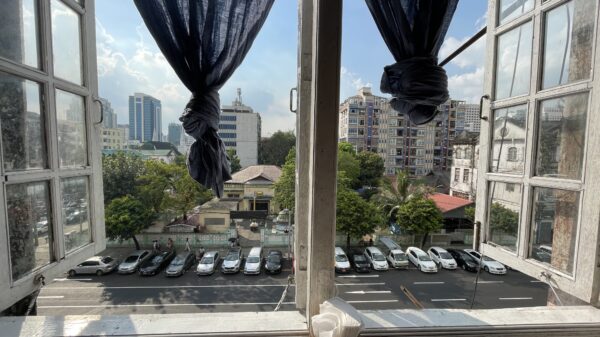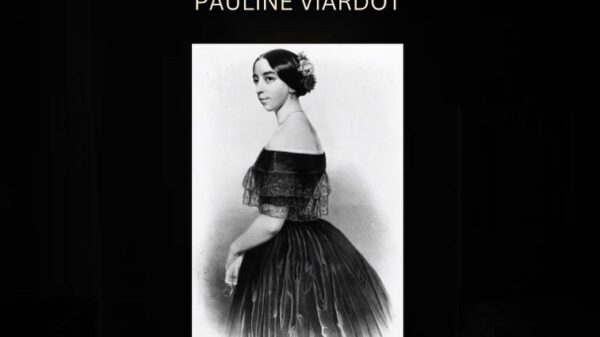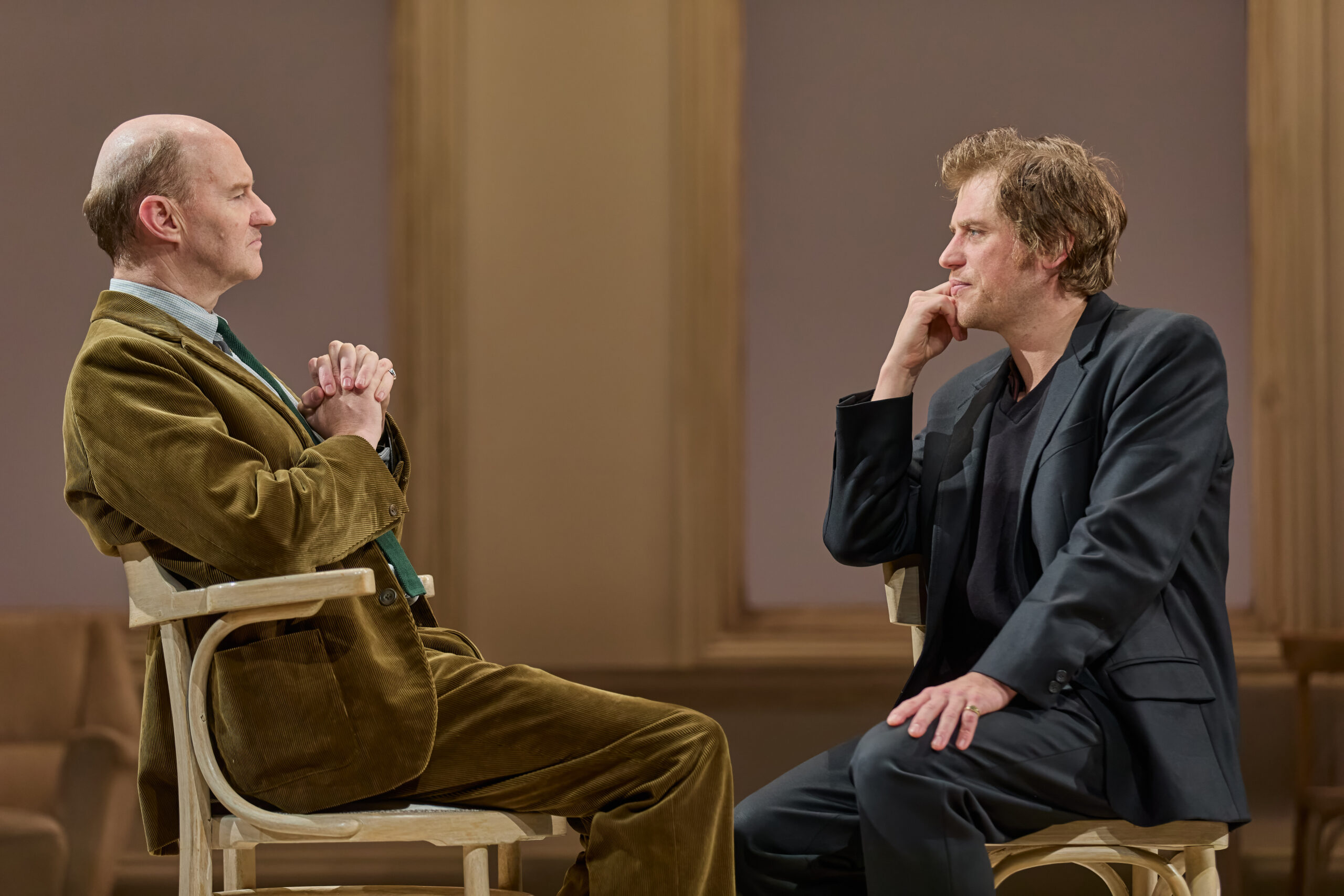‘I think you should kill her.’

Photo Credit: Maria Lewandowska
Nonchalant and ambiguous, the opening line to Thomas Froy’s Hommo is the first insight into the gravitas of the 45-minute production.
Hommo is most comfortable in liminal space, caught in a maelstrom between the preconceived and essential components of masculinity, violence and sexuality. A dual-narrative follows two men of differing ‘experience’ in their fields as they set out to murder a woman and simultaneously seduce another.
Starring Sam Ebner-Landy and Erik Alstad as close ‘mates’, the parallel narratives become intertwined as a mutual attraction, although resisted by both of them, emerges between the two friends. Movement and dialogue become increasingly erratic as the characters do ‘what men do’, reducing emotional exposure through a lack of communication which culminates in an ambiguously rewarding sense of catharsis. A toxic repression therefore comes to the fore of Froy’s work.
Often, the dialogue is uncomfortable and laced with unsubtle sexual tension. Hyper-masculinity fuels the laddish banter: ‘grab[bing] (women) by the pussy’ and proclaiming the benefits of ‘lots of sex’ unite the two characters in their crude caricatures of the self-doubting ‘man’ figure. The physicality of the acting itself collapses the audience’s acceptance of these masculine absurdities, and drives the portrayal of suppressed attraction.
Froy appears to blend the conventions of ‘In-Yer-Face’ theatre with snippets of commedia-dell-arte style, hypersexual dance and movement. One instance takes place during a shared workout session, wherein the ‘male gaze’ is seen to work within the confines of self-imposed heterosexuality; the audience views exercise vicariously through the lens of the homoerotic.
This uncomfortable comedic style is macabre insomuch as the forthcoming murder looms above the general conversational and sexual tones.
The theatrical space assists in heightening the sense of insularity brought forth by the dialogue. Subsumed in the darkness of a room painted entirely black, the audience is encouraged to look inwards. One’s gaze is restricted by sheets of darkness acting as barriers to the eye’s natural inclination to wander. The nuanced opposition between the two characters works well therefore in the space, where frustrated accusations and retorts bounce from wall to wall. This ends in an eventual silence in which the minimalism of the set allows for necessary reflection.
Minimalism aside, Ines Cufflin’s work as technical director is not to be understated. As the story progresses in a linear fashion towards the denouement, the lighting closes in on the actors. The pre-show lighting is a simple, wide spotlight. As the characters’ latent homoeroticism becomes apparent, the lighting grows steadily darker. Regular blackouts are accompanied by loud, primal grunting, as hegemonic masculinity presumes a predatory nature. These technical intricacies assist in crafting the poignant final moments of the play following the eventual murder: both actors lie upstage, propped on elbows, in lax positions heavily suggestive of the post-coital. Out of breath and out of ‘business’ to enact, the question is posed: ‘what next?’.
Froy’s directorial concept sets out to tackle wider issues of harmful masculinity, yet lacks the specificity or nuance to do so productively (an example being an over-reliance on phallic imagery). This works to the play’s benefit, however, imbuing Froy’s piece with an endearing sense of scale relational to the confines of the space. Both actors play their blurred dom-sub /master-servant roles convincingly within these established boundaries.
Hommo is at its best in semi-naturalistic dialogue, exposing homosexual restraint through a compelling, comedic and intelligent narrative.
















